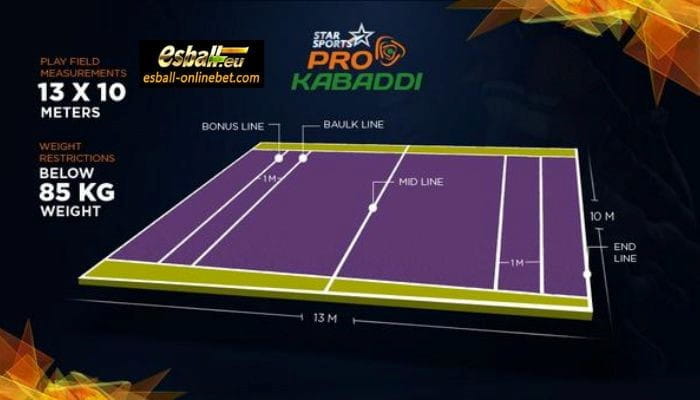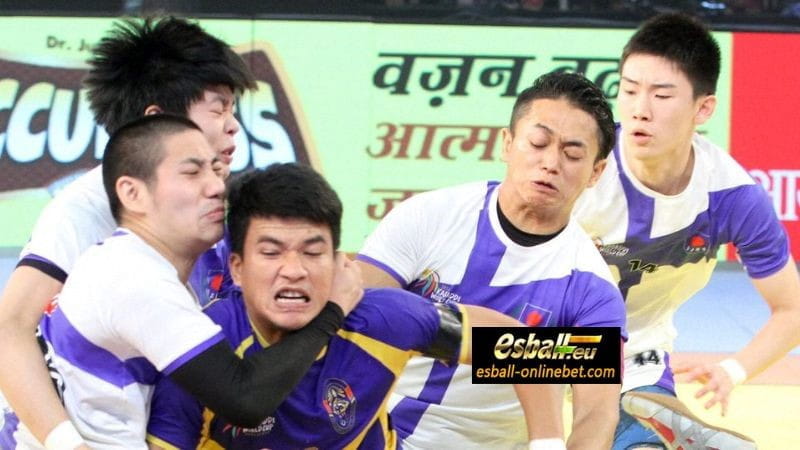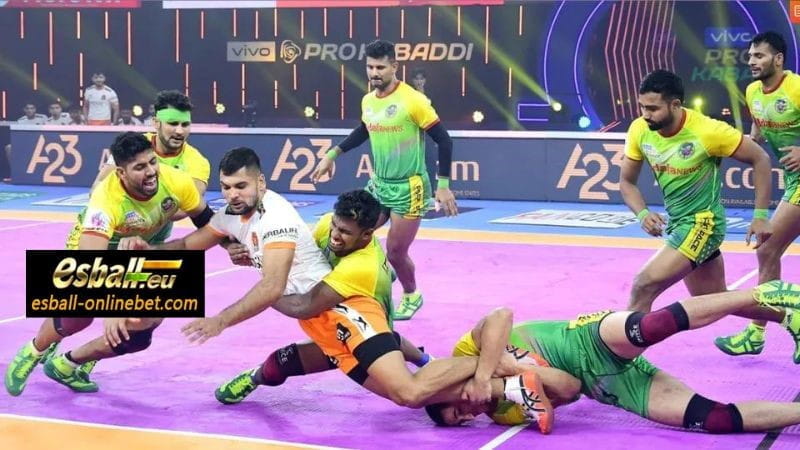Content
Unleash the excitement of Kabaddi Matches. This guide unveils the game rules and playing area, providing an immersive experience into the world of this sport. Explore Kabaddi Match fundamentals now.
Where does a Kabaddi match play?
Let us discuss the place and set up of a Kabaddi match that includes mat, measurements, and team players.
Setting up the playing area:
When it comes to setting up a playing area for Kabaddi, there are specific guidelines to follow. For men's Kabaddi, it is ideal to have a flat and rectangular playing area measuring 13 meters wide by 10 meters long. However, if you are playing casually, an open and roughly rectangular area will suffice. On the other hand, women's Kabaddi has a slightly smaller court size of 12 meters wide by 8 meters long.
Measurements and Marking of the court:
It is recommended to mark the court with lines according to official specifications. However, for casual play, exact markings are not required. The court should have several lines demarcating specific areas:
- Boundary lines mark the edges of the 13-meter by 10-meter court.
- Play area lines create a rectangular area measuring 13 meters by 8 meters inside the court with one meter of space separating each side from the boundary lines above.
- The midline divides the court into two halves measuring 6.5 meters by 8 meters with each team having its territory on one side of the midline.
- Baulk lines run parallel to the midline and are located at a distance of exactly 3.75 meters on both sides.
- Bonus lines run parallel to baulk lines and are positioned at a distance of exactly one meter from them on the opposite side of the midline.
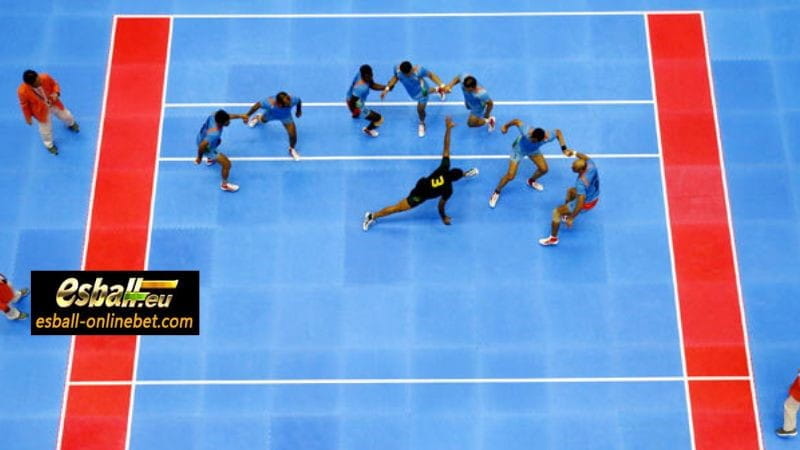
2 Teams of seven players each:
To start playing Kabaddi match you need two teams, each consisting of seven players traditionally four players from each team take one side of the field while three players remain in reserve but there can be variations where all seven players can be on the field simultaneously depending upon version being played or rules being followed.
How to play a Kabaddi Match?
Now we will discuss the basics of a match of Kaabddi and the different rules that apply to the match.
Basics of a Kabaddi Match:
Toss to Decide the sides & team going First:
Let's kick off the game by selecting a team at random using a chance-based method like tossing a coin or rolling dice.
Send a Raider For a Raid:
If your team is chosen to go first, you can deploy one of your players known as "raider" to cross the mid-line. The raider's mission in Kabaddi is to tag members of the opposing team and return to their side within 30 seconds. However, they cannot stop or take a breath on the opponent's side. If they fail to do so, the defending team will score a point. Each member of your team must raid in a specific order. Raiding out of sequence results in a point for the other side.
If the opponent team wants to go first:
If your team is not selected to go first, then your role becomes defensive. You and three other players in play become "anti-raiders" or "stoppers." Your objective is to prevent the raider from tagging you and crossing back over the mid-line by either evading them until they run out of breath or physically restraining them by tackling or grabbing their limbs and torso. Note that grabbing or holding onto any body part other than their limbs and torso, including clothes and hair, is strictly forbidden.
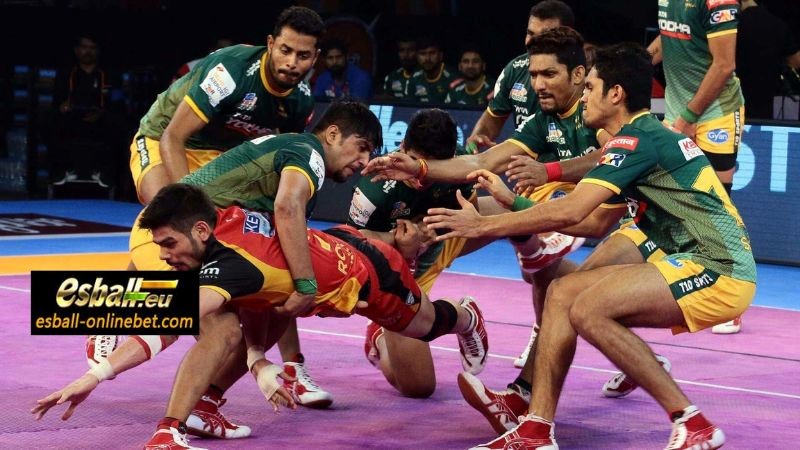
Turn By Turn Raid & Defend:
The teams alternate between raiding and defending with two halves of twenty minutes each separated by a five-minute break at halftime when teams switch sides on the court. The game concludes with the team that has amassed more points being declared victorious.
Send out players who break a rules or get tagged:
Kabaddi is a sport where players can be removed from play for various reasons. Understanding the circumstances that lead to a player being sent out is crucial. Here are some of the scenarios that can get a player out:
- If the raider tags defending players and successfully returns to his side, the tagged players are out.
- A raider can be captured and unable to cross back over the midline before running out of breath, leading to their elimination.
- If any player steps outside the boundary lines, except when deliberately pulled or shoved by an opponent, they are immediately eliminated.
- When a team has three unproductive raids in succession, their third raider is eliminated. An unproductive raid means failing to score points or losing points unless crossing the baulk line and returning successfully.
- If a defending team member enters the raider's side of the court before their team is allowed to raid, they will face disqualification.
Revival Rule:
In Kabaddi, there's also an opportunity for revival if you get an opponent out. Once an opposing team member is eliminated, you can revive one of your previously ruled-out players in order of expulsion; otherwise, your opponents score one point.
Rules for Advanced Scoring:
The advanced scoring rules in a Kabaddi match include:
- Score two extra points by getting all opponents out simultaneously without any eligible players for revival; this move is known as "Lona."
- Score two points for preventing a raider from returning with three or fewer defenders; this move is called "super tackle."
- Opponents breaking rules result in penalties and awarding one point to their opponents (for instance: improper chanting by raiders or late start of chant).
- If players deliberately get out to force Lona and revive their teammates - The opposing team earns extra points for each offending player on the field.
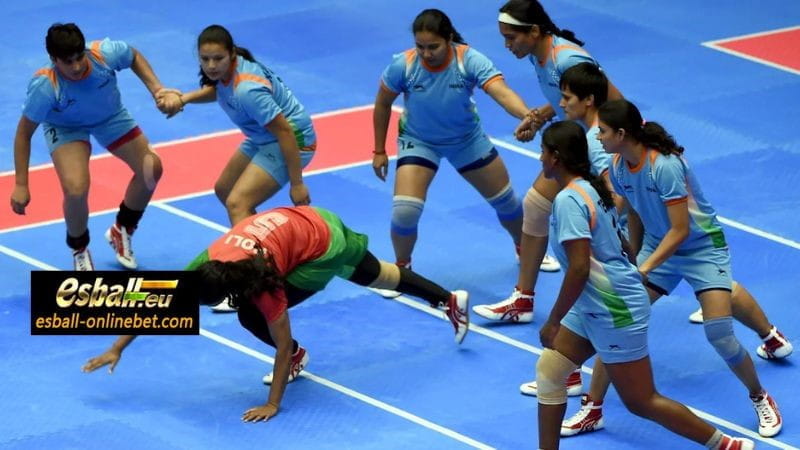
Finally note:
Substitutions only occur when replacing non-eliminated players; reserve players cannot replace eliminated players.
Todays Kabaddi Match:
In todays Kabaddi match, we have the final of the Yuva Kabaddi series 2023. The Yuva Kabaddi Series witnessed an intense and closely fought season finale between the Periyar Panthers from Ahmednagar District and the Dwarka Defenders from Nashik District. After securing two victories against Nanded in the Play-offs, the Panthers were determined to take home the trophy.
Ahmednagar seized the lead early on in the game, capitalizing on Nashik's tired defense and depleted energy levels. Aditya Shinde, Ahmednagar's raider, put up a formidable challenge for Nashik's defenders and scored an impressive 25 raid points single-handedly.

Last moments of the finale of the Yuva Kabaddi Series:
From start to finish, Ahmednagar maintained a strong hold over the kabaddi match by taking advantage of Nashik's reliance on Akash Shinde. The battle lasted for a grueling 40 minutes before Ahmednagar emerged victorious with a four-point lead. The final score at full-time was 44-40.
Winning Team & Runners Up Amount & Trophy:
As champions of the series, Ahmednagar District proudly lifted their well-deserved trophy and received INR 20 lakhs as prize money while runners-up Nashik District secured INR 10 lakhs as prize money.
? Claim 2025 IPL Free Casino Bonus Now ?
Click the picture to unlock the promotion and receive your exclusive IPL Esball Casino Code Bonus No Deposit!
Don't miss out on your chance to claim up to 50,000 for FREE! Only valid from 4/21! ⏳



